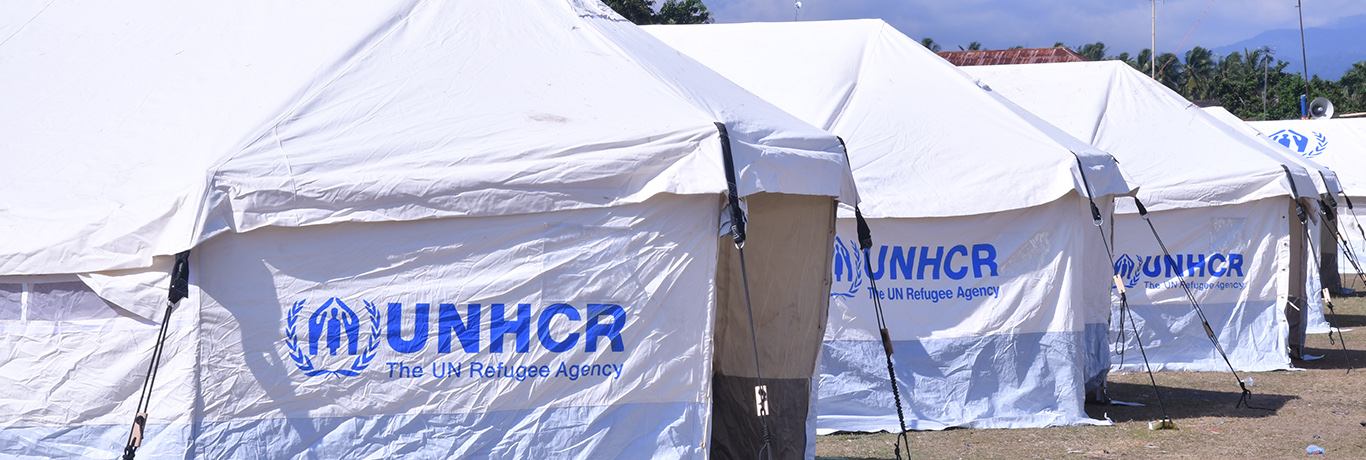The Emergency Handbook provides guidance on when and how to engage in a contingency planning exercise for refugee emergencies. The guidance states that registration and documentation, as well as the identification of specific needs, should be considered in the response strategy of the contingency plan. A contingency plan for registration will not be as detailed and complete as an emergency registration strategy. It should, however, contain sufficient information to be easily converted into a skeleton emergency registration response. As such, it should include the foreseen role of the Government, of UNHCR and other partners, the objectives and admissibility criteria for registration, the initial types of registration foreseen (pre-registration and/or Individual Emergency Registration (IER)), possible registration locations, possible tools to be used, and an estimation of staffing and budgetary requirements for the first three months of the response.
Contingency planning for refugee emergencies
-
Understand the emergency context
-
At the outset of an emergency response, the Identity Management and Registration Officer must assess all the available information necessary in order to plan and develop a strategy for initiating registration activities as soon as possible. No two emergencies are the same and it is critical to understand the key elements of the specific emergency context to design an effective and appropriate response. Refer to Module 3.1 for guidance on understanding the operational context, including:
The affected population
Their profile(s), condition and immediate needs
From where they have fled, where they have settled in the host country and whether they intend to seek asylum
The presence of fighters,1 host country nationals or other populations or nationalities among the refugees
→Border monitoring, as well as government sources and other estimations, are sources of important initial information on arrival rates, patterns of arrival and destination, sex/age breakdown and other relevant characteristics of the population concerned.
1 A fighter is any man, woman or child who is either a member of State armed forces (other than medical personnel and religious personnel) or the fighting forces of a non-State armed group.
The legal and political context
What systems are in place, if any, to manage refugees on the territory? Are relevant international or regional instruments related to refugees adhered to?
Has a prima facie declaration been made, has temporary or complementary protection been offered?
Is there an encampment policy for some or all refugees?
Are registration activities carried out by the host government or UNHCR or jointly? Is mandate refugee status recognized under the law?
The protection environment
The extent to which the basic rights of asylum-seekers and refugees are protected in law and in practice. In particular, are all persons of concern admitted into the country of asylum and protected against refoulement?
Are national laws, government entities and humanitarian actors able to provide effective protection and assistance?
What is the level of acceptance of refugees and asylum-seekers among the local population?
Who are the relevant stakeholders? Partners in an emergency are the refugees themselves, UNHCR Offices at all levels from the field to HQ, the host government authorities, and typically, WFP, the Red Cross or Red Crescent, UNICEF, IOM and implementing partners.
-

